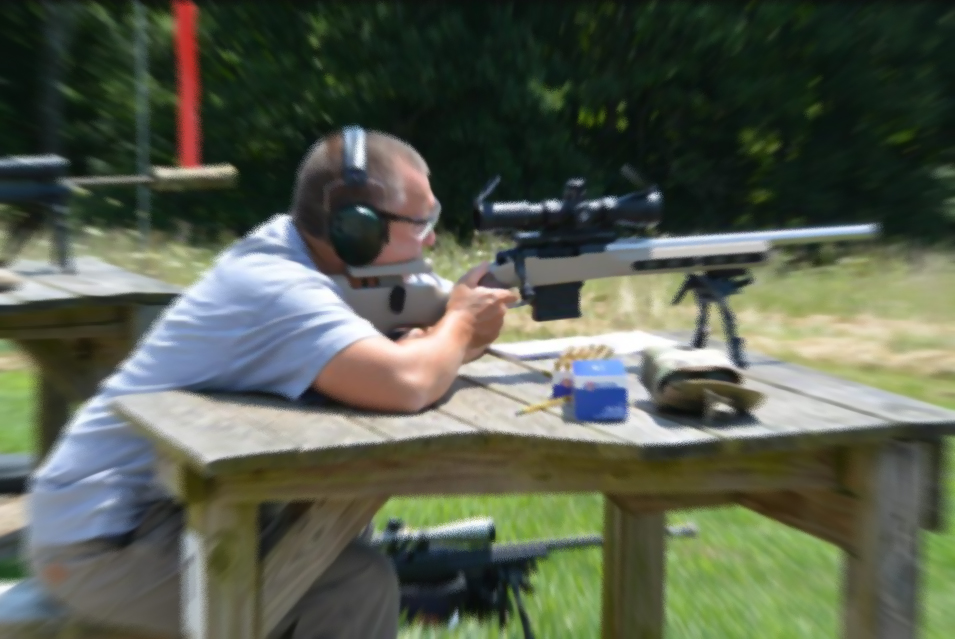When you shoot, the trigger pull is the most important aspect. If done correctly, you will hit your target. However, if done wrong, no matter how good everything else was—breath control, grip, stance, and sight picture—the shot will not find its goal.
Though it may seem like a minimal movement, pulling the trigger requires more than just using your index finger. For example, you must also account for the trigger lever, pressure, and mechanism involved. And that’s not all- your technique, game strategy and psychology play critical roles as well.
Trigger
Consider the trigger to be a basic mechanical lever. The degree of resistance that must be overcome to fire the shot is determined by where the finger is positioned on the trigger. The pressure required to discharge the bullet is higher if you put your finger high up on the trigger, while lowering it reduces the mechanical advantage of that lever and provides a lighter feeling. As a result, whenever you want an identical sensation, you must always position your finger in exactly the same place.
The width of the trigger can also affect how different triggers feel. A wider trigger spreads pressure over a larger area, making it feel like less pressure is needed to fire the shot. However, one of the risks associated with wide trigger shoes is that more pressure may be applied to one side or the other, causing lateral displacement of the gun.
Another consideration is curvature. Curved triggers may assist the shooter find the middle of the trigger by allowing him to curve his finger. Straight triggers might have a tiny clip or a marking point that allows the shooter to put his finger on the same position for each shot.
Developing Your Trigger Technique
he trigger hand has several uses. It is a critical contact point between the shooter’s body and the gun’s stock that aids in maintaining and supporting the rifle. That makes it essential for a shooting position’s stability and balance, but its major purpose is to ensure that the trigger finger is positioned correctly on the trigger. The grip must be consistent for every shot, with identical placement and firmness. The trigger finger must be positioned on the trigger at precisely the same point each time, with movement directly in line of sight from one shot to the next.
Mind Games
Not only do you take in information through your senses when you shoot, but also the thoughts running through your head can affect your shooting results. These would be things like what happened at work or what’s on tomorrow’s to-do list—anything that doesn’t relate directly to what you’re seeing and feeling in the moment.
Pressure and stress cause the release of hormones that can impair accuracy. Anxiety, worry, dread, and tension are all muscular tension. This physical manifestation is caused by an uncontrollable set on our part and has nothing to do with a genuine danger or safety concern. In reality, the majority of these thoughts aren’t linked directly to the shot’s successful completion; as a result, shooters are unable to think about their work. Critical information may undoubtedly be lost in this process; furthermore, making an incorrect decision is more likely because you aren’t thinking fully about it. The risk of missing the shot rises when you don’t have complete attention. You must learn to distinguish between helpful and unhelpful ideas and control them.
If you maintain an unwavering focus on the right things at the right time, in the correct sequence, trigger problems will fade away. If your sequence of thought and focus is consistent, there will be no space for doubt or error to enter. Systematically developing and executing a shot plan takes significant effort, but it is the only way to improve consistency between your thoughts and actions- which leads to success.

